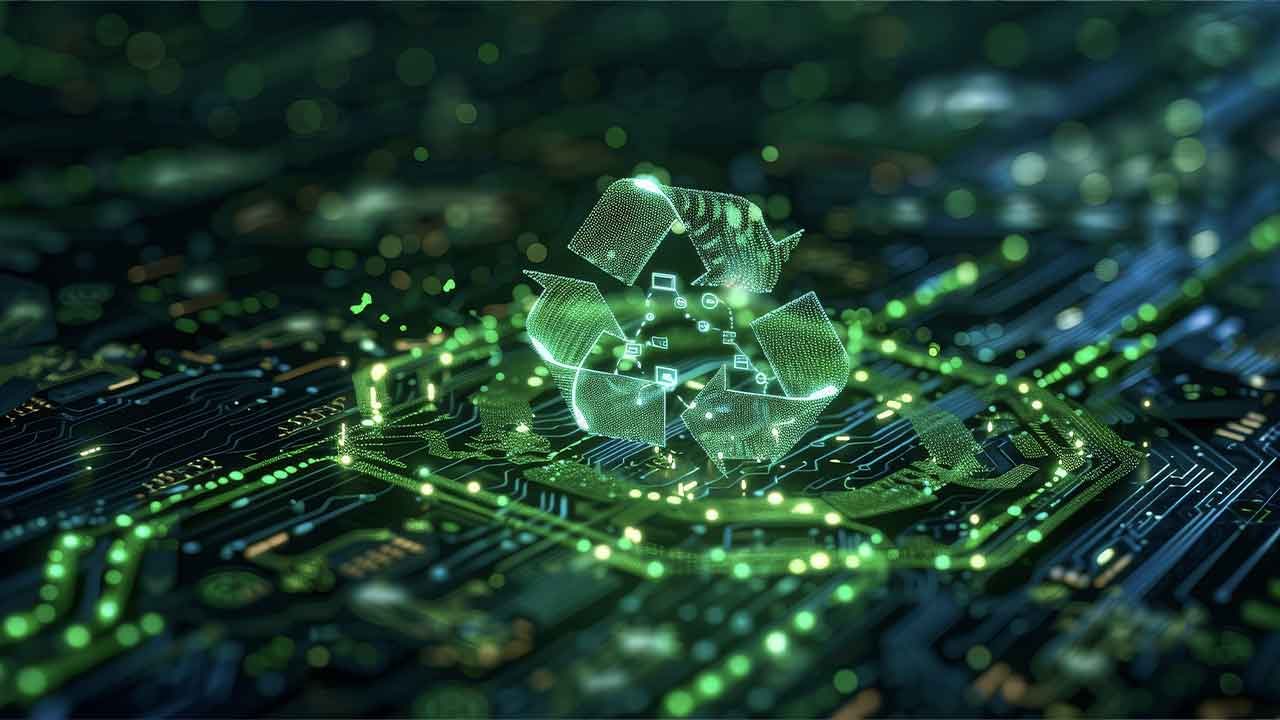The Metaverse and its Role in Decarbonization | SPONSORED
How digital twins and metaverse further greenhouse gas reduction
My last two pieces focused on two subjects that are receiving more and more attention every day. The Metaverse, which for many is synonymous with Facebook changing its name to Meta, and decarbonization, a term that is vitally important in the combat for climate change.
Digital twin and metaverse technologies ally
At UrsaLeo, we’ve spent a lot of time discussing these two terms – digital twin and metaverse – and how they coincide with the unique digital platform we’ve built. For some, making the connection between the Metaverse, decarbonization, and digital twins may seem like a stretch. However, there are important synergies between these terms and what they mean that will help in the fight for a greener and more energy efficient planet.
We’ve all heard quite a bit about the Metaverse lately and, like the early days of the Internet, not everyone has the same vision for what it means and how it will redefine the way we work, play, and communicate online.
Digital Twin – an essential element of Metaverse
Our team defines the metaverse as a simulated digital environment that harnesses technologies including digital twins, mixed reality, internet of things, and other platforms to mimic the real world. Think of the sensors you’ve installed that send information about your home or office into the cloud and then to an app on your phone (e.g., temperature, energy usage, etc.). The Metaverse works in a similar way but, in this case, the outside physical world is represented in a digital format.
Decarbonization refers to the reduction of carbon and greenhouse gas emissions produced by the burning of fossil fuels. This involves monitoring energy usage in an effort to decrease CO2 output per unit of electricity generated. Reducing the amount of carbon dioxide occurring as a result of power generation in an industrial setting is essential to meet global temperature standards set by The Paris Agreement and governments around the world.
Governments Jump on the Decarbonization Bandwagon
Most governments have aggressive goals to reduce carbon emissions and buildings are a huge source due to their high energy usage. Just looking at California, the Building Decarbonization Coalition lays out a plan for the state to cut building emissions by 20 percent in the next six years and 40 percent by 2030 — and to adopt zero-emission building codes for residential and commercial buildings by 2025 and 2027, respectively.
Residential buildings produce roughly two-thirds of the state’s building emissions with commercial buildings producing around one-third. Additionally, government buildings are often targeted first as a way to showcase successes when they move to enact laws or put pressure on other companies.
Across the pond, the UK government launched its Public Sector Decarbonisation Scheme in 2020, to fund low carbon heating projects in public sector estates. The scheme aims to put the public sector at the forefront of decarbonising buildings, showcasing projects that pave the way to help the UK meet its net zero target.
Digital Twins Align With the Metaverse
Digital twins are an inherent part of the Metaverse because they digitally represent the physical world and allow users to interact with these digital replicas from anywhere and in a number of productive and efficient ways. They are especially effective in helping to control energy usage and carbon emissions.
Using a digital replica of your site or building allows you to measure what is happening realtime (e.g., temperature, humidity, energy consumption, etc.). When you can measure and continually gather data as it changes, you’re better equipped to understand and act on the information given the environmental surroundings. Once a user is tuned into the surroundings, systems can then be controlled based on building thresholds, regulatory requirements, or other defined parameters.
What are the applications of Digital Twin in Metaverse?
For example, lights and temperature can be configured to automatically reduce usage depending on the time of day or when the sensor detects no one is in the room. HVAC systems can be made much more efficient by retrofitting outdated equipment and requiring the installation of newer technology that operates more efficiently and gives direct feedback to users on consumption – which translates to costs. These systems can then be turned into a digital twin and monitored to ensure that they are operating efficiently and adjusted from a dashboard when necessary. One of the benefits of digital twins is that they can also be connected to solar panels and heat pumps, plumbing systems, and exterior lighting to help optimize energy usage.
The options are limitless and the opportunities being presented by governments all over the world are making it more attractive and affordable to rethink how technology can help reduce greenhouse gasses. UrsaLeo is currently working with the UK government on a decarbonisation and energy optimization project in partnership with the Active Building Centre.
UrsaLeo’s Gemini Platform Creates a Seamless Connection With the Metaverse
Harnessing the company’s Gemini Platform, a 3D digital twin is being used to decarbonize and optimize energy management for a show-home. UrsaLeo’s Gemini delivers a holistic view of assets and facilities, so users can monitor and manage everything from anywhere, anytime.
Built with the Unity Gaming engine, the 3D digital twin showcases a scaled layout of the facility and offers a virtual walkthrough that can be manipulated and viewed from multiple planes. The Gemini product also collects real-time information from numerous environmental sensors and provides a complete picture of energy usage versus generation (through solar panels) within the house. The model is being used to educate consumers, contractors, and developers on the value of 3D Digital Twin technology and management and how it can be used in the fight against climate change and ensure future decarbonization.
Let’s start a conversation. Share your thoughts on LinkedIn on the Industrial Metaverse and other ways you see digital twins helping to meet carbon reduction requirements set by local and national governments globally.



